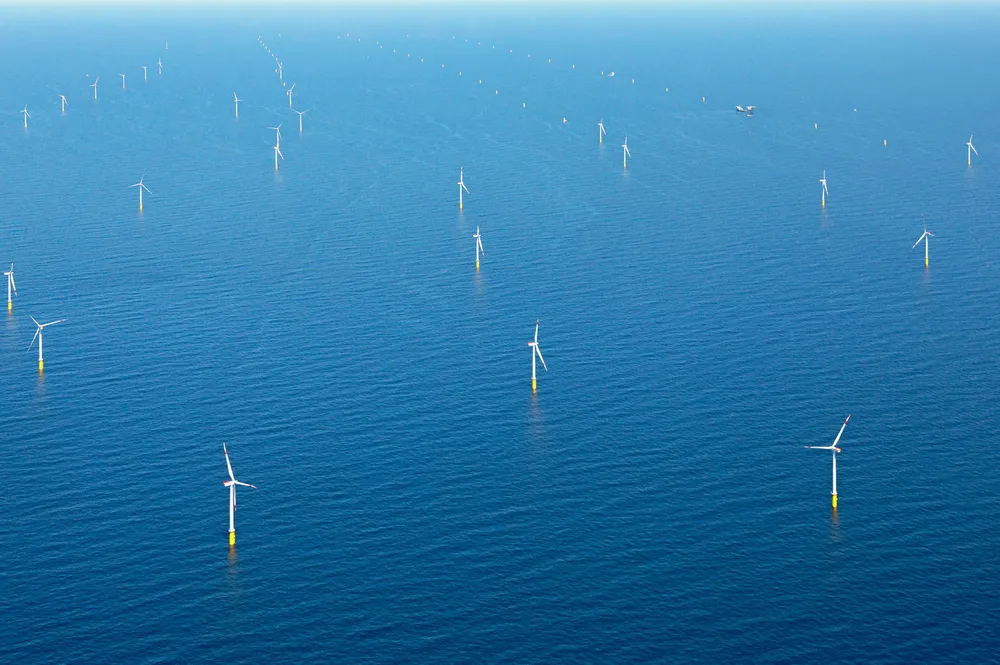Producing enough green hydrogen for 12 EU steel plants would require 85GW of new wind energy: report
That's the equivalent of 56 copies of the world's largest offshore wind farm

That's the equivalent of 56 copies of the world's largest offshore wind farm
